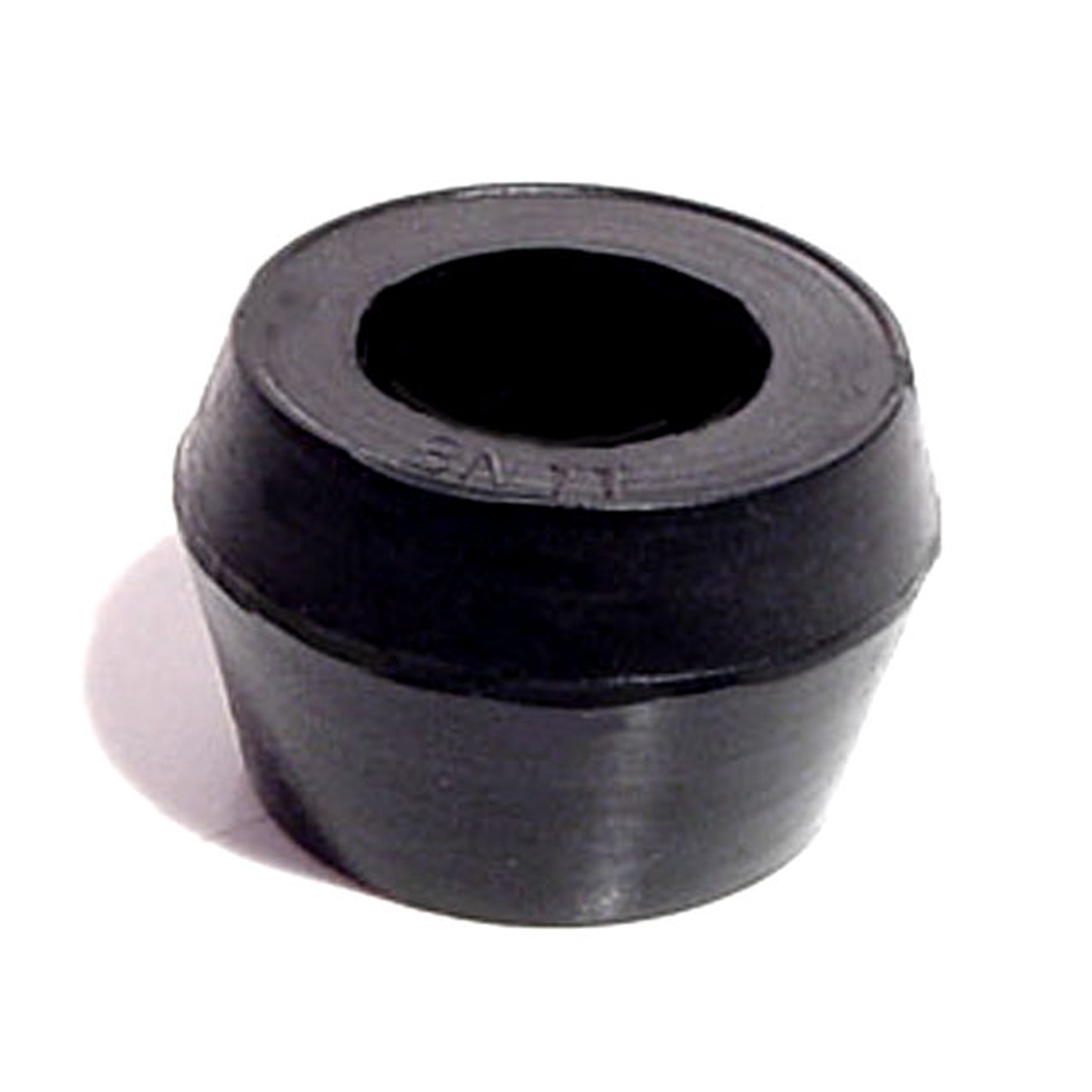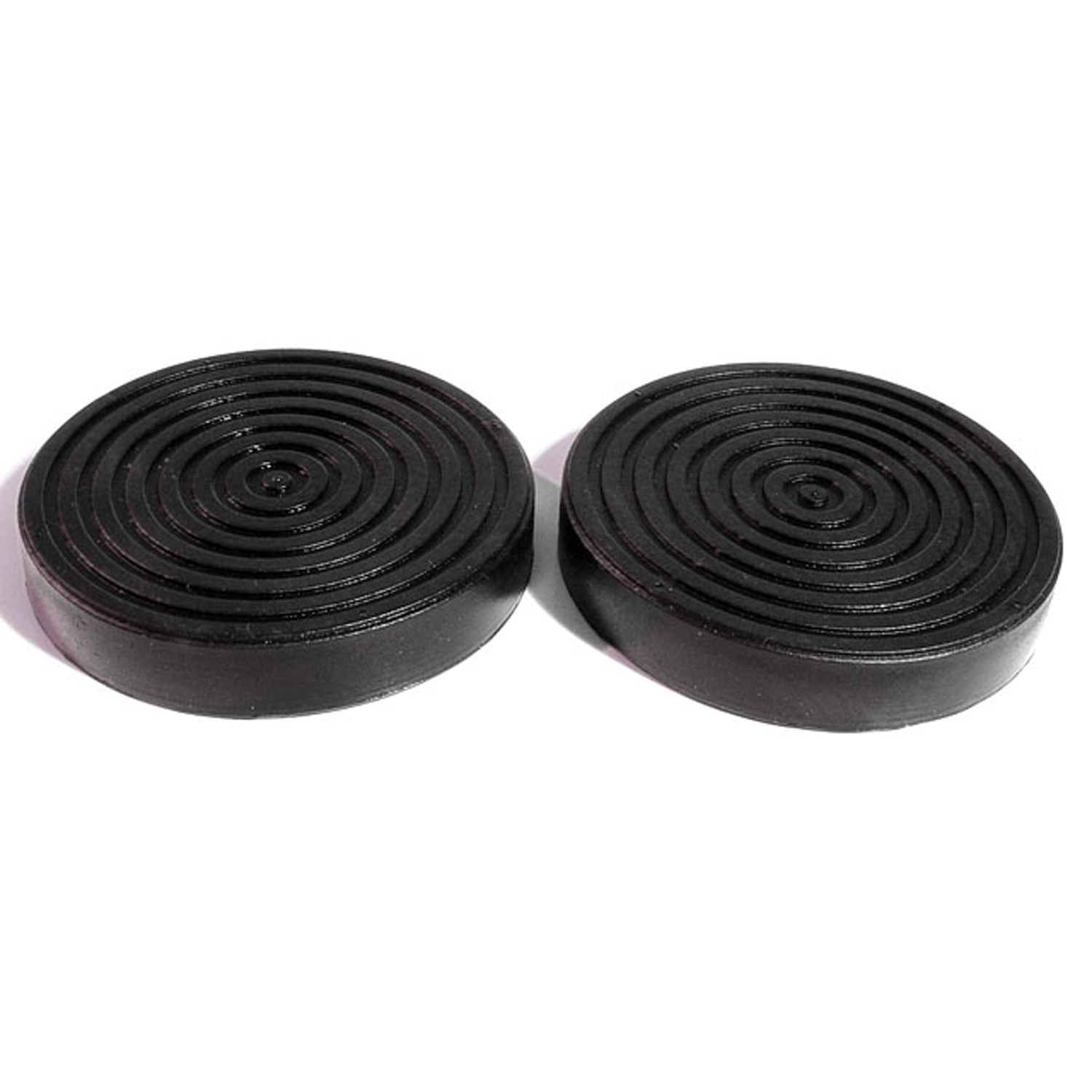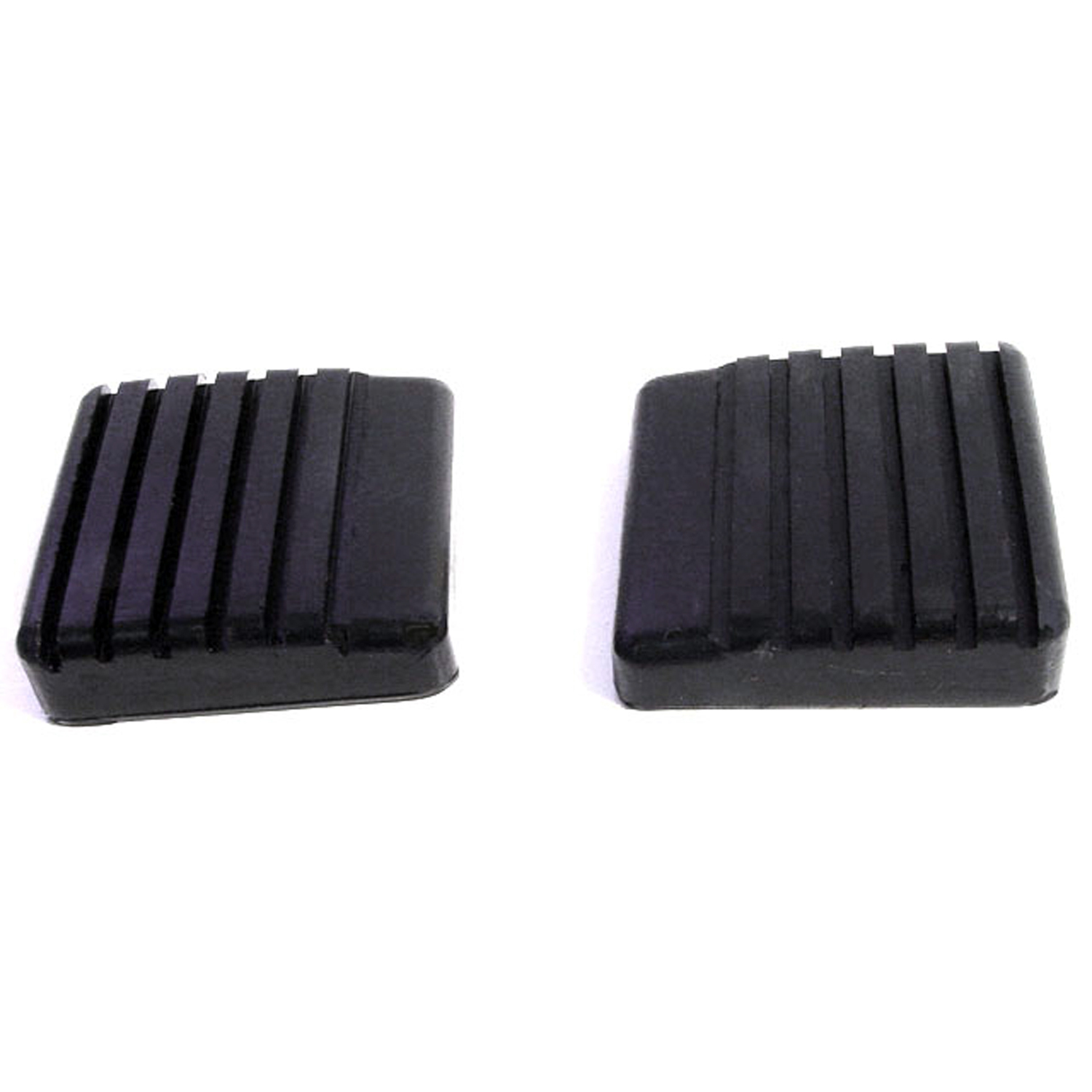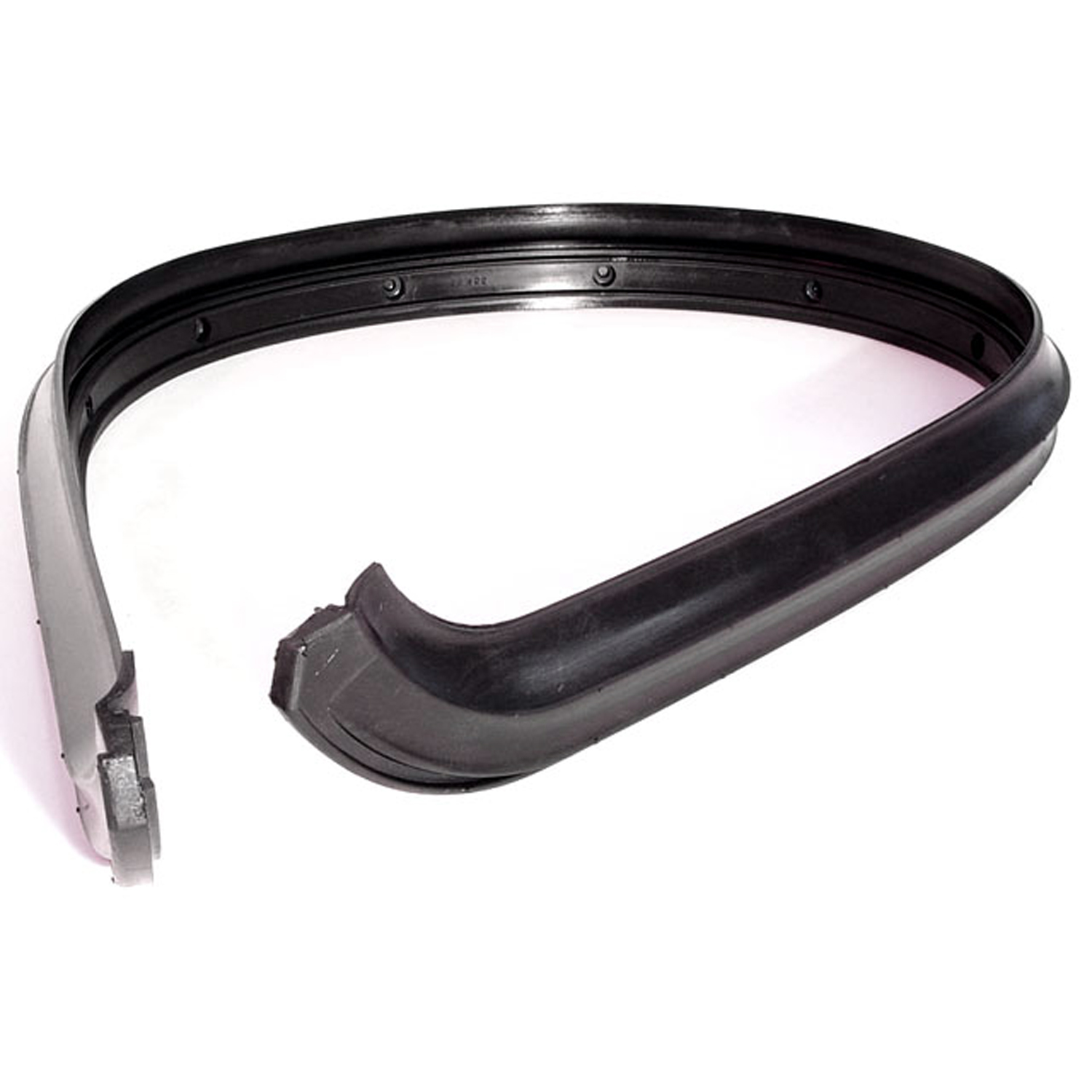Image of 1957 Jeep Fc150, sourced from www.motortrend.com , Image Link.
Performance Metrics
Fundamental Metrics
Emotional Appeal
MMP Rating
| Engine Specifications | |
|---|---|
| Engine: | 4-134 F-Head "Hurricane" |
| Displacement: | 134 cu in (2.2 L) |
| Horsepower: | 72-75 HP |
| Torque: | 114 lb-ft |
| Compression Ratio: | 6.9:1 |
| Ignition System: | 6-volt electrical system |
| Cooling System: | Liquid-cooled |
| Performance Specifications | |
| 0-60 Time: | Not available due to the vehicle's age and purpose |
| 1/4 Mile Time: | Not available due to the vehicle's age and purpose |
| Top Speed: | 60-65 mph |
| Transmission and Drive | |
| Drive Type: | 4WD |
| Transmission Type: | 3-speed manual |
| Fuel and Efficiency | |
| Fuel System Type: | Carburetor |
| MPG: | 15-20 mpg |
| Dimensions and Brakes | |
| Brakes: | Drum brakes |
| Wheelbase: | 81 in (2,057 mm) |
| Weight: | 2,337 lbs (1,060 kg) |
Note: Specifications for classic cars are given to the best of our ability, considering the limited and variant data available.
Unveiling the Workhorse of Yesteryear: The 1957 Jeep FC150
The 1957 Jeep FC150 stands as a testament to ingenuity and utilitarian design, a vehicle that emerged from the fervent post-war era to meet the needs of a burgeoning America. Crafted by the storied Willys-Overland Motors, this forward-control pickup was a departure from conventional automotive design, offering a compact yet robust solution for various tasks. Its unique stature in the automotive landscape is punctuated by a notable moment in history: it was the first to offer a full-floating front axle, a feature that would become essential for off-road and utility vehicles in years to come.
Design and Innovation
The FC150's exterior styling was both distinctive and functional, with its cab-over-engine layout providing exceptional visibility and maneuverability. The vehicle's boxy silhouette, flat front face, and high stance were not crafted for mere aesthetic appeal but rather for practicality and efficiency. Inside, the spartan interior was all business, with durable materials designed to withstand the rigors of work. Technological features were sparse but purposeful, with a focus on durability and ease of use. Color options were reflective of the era's tastes, with President Red and Plantation White being popular choices that added a touch of flair to the otherwise utilitarian vehicle. The most iconic body style was the short wheelbase pickup, which became synonymous with the FC150's rugged charm.
Historical Significance
The 1957 Jeep FC150's impact on automotive design cannot be overstated. Its forward-control configuration inspired a generation of utility vehicles, emphasizing space efficiency and versatility. This Jeep stood apart from its contemporaries by offering a nimble yet capable workhorse that could navigate tight spaces and challenging terrain with ease. Its lasting influence is evident in the many forward-control designs that followed in both commercial and military applications.
Performance and Handling
Performance-wise, the FC150 was no speed demon, but it was never intended to be. Its top speed and acceleration were modest by today's standards, yet entirely adequate for its intended use. Handling was surprisingly nimble for a utility vehicle, with its short wheelbase allowing for tight turns and easy navigation through challenging environments. The driving experience was raw and unfiltered; the hum of the engine and the tactile feedback from the road provided an authentic connection between driver and machine.
Ownership Experience
The FC150 served many roles, from daily driver to farm workhorse, and even as a show car for enthusiasts of vintage utility vehicles. Its maintenance and reliability were hallmarks of the Jeep brand, with ease of repair making it a favorite among those who preferred to wrench on their own vehicles. The simplicity of its design meant that even average owners could keep their FC150s running with basic mechanical knowledge.
Fun Facts
Among the trivia that surrounds the FC150 is its rarity; only a few thousand units were produced during its initial run, making well-preserved examples highly sought after today. While not known for breaking speed records, the FC150 has held its own in endurance and capability challenges. Criticisms typically centered around its modest power output and Spartan comforts, but these were often overshadowed by its reliability and versatility.
Collector's Information
Today, the value range for a 1957 Jeep FC150 varies widely based on condition, originality, and provenance. A well-restored example could fetch anywhere from $20,000 to $40,000 or more at auction. Rarity is unquestionable as many have succumbed to the rigors of work over the decades. Price trends suggest that values are appreciating as collectors and enthusiasts seek out these unique pieces of automotive history.
Conclusion
The 1957 Jeep FC150 is more than just a classic vehicle; it's a symbol of American ingenuity and a reflection of an era when functionality reigned supreme. Its distinctive design, historical significance, and enduring legacy make it a cherished icon among classic car aficionados. As we look back on this remarkable machine, we're reminded that sometimes the most extraordinary innovations arise from the simplest intentions: to work hard and tackle any challenge head-on.
1957 Jeep Fc150 Catalog of Parts
 1957 Jeep FC150 Shock Absorber Grommet. 1" bottom O.D-BN 11Shock Absorber Grommet. 1" bottom O.D., 3/4" high, with 5/8" I.D. Each
1957 Jeep FC150 Shock Absorber Grommet. 1" bottom O.D-BN 11Shock Absorber Grommet. 1" bottom O.D., 3/4" high, with 5/8" I.D. Each 1957 Jeep FC150 Clutch and Brake Pedal Pads. 3" Diameter. Pair-CB 61Clutch and Brake Pedal Pads. 3" Diameter. Pair
1957 Jeep FC150 Clutch and Brake Pedal Pads. 3" Diameter. Pair-CB 61Clutch and Brake Pedal Pads. 3" Diameter. Pair 1957 Jeep FC150 Clutch and Brake Pedal Pads. Pair-CB 61-BClutch and Brake Pedal Pads. Pair
1957 Jeep FC150 Clutch and Brake Pedal Pads. Pair-CB 61-BClutch and Brake Pedal Pads. Pair 1957 Jeep FC150 Windshield to Cowl Seal. 55-1/2" long. Each-CS 102Windshield to Cowl Seal. 55-1/2" long. Each
1957 Jeep FC150 Windshield to Cowl Seal. 55-1/2" long. Each-CS 102Windshield to Cowl Seal. 55-1/2" long. EachWhy Choose Metro?
For over 100 years, Metro Moulded Parts has been the pinnacle of quality in classic car restoration parts. Our commitment to precision and authenticity in every component ensures a perfect fit and an OEM-level appearance.
- Expert Craftsmanship & Quality: Each part is a testament to our dedication to reliability and perfection, crafted from original designs and thoroughly tested.
- Advanced Technology: We use cutting-edge techniques to create flawless, long-lasting parts that surpass others in performance.
- SuperSoft Sponge – The Ultimate Door Seal: Not only are our door seals 30% softer than competitors', but they're also guaranteed to never leak. They effectively reduce wind and road noise, enhancing your classic car's comfort and driving experience.
- Proudly American: Our parts are a product of American craftsmanship, made in the USA with a spirit of excellence and heritage.
- Unrivaled Warranty: We back our products with a 30-year industry-leading warranty, a testament to our confidence in their quality.
Join us in preserving the legacy of classic cars with parts that are crafted for perfection, not just made.

